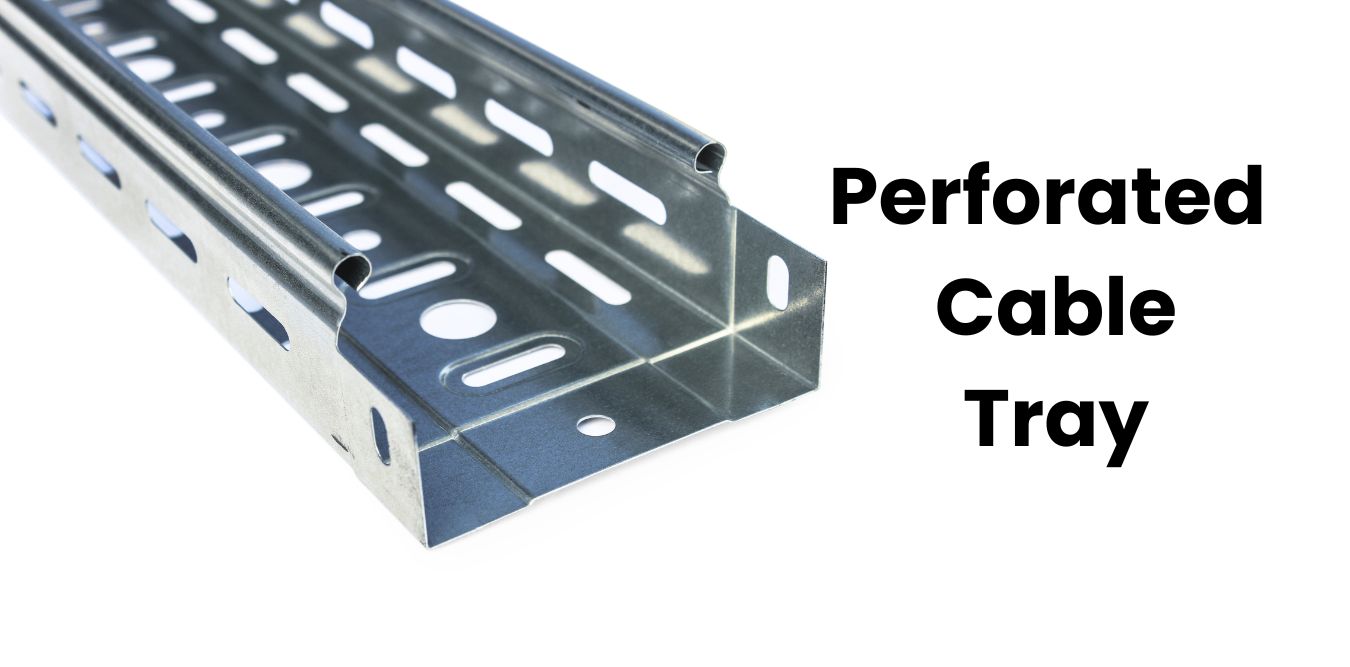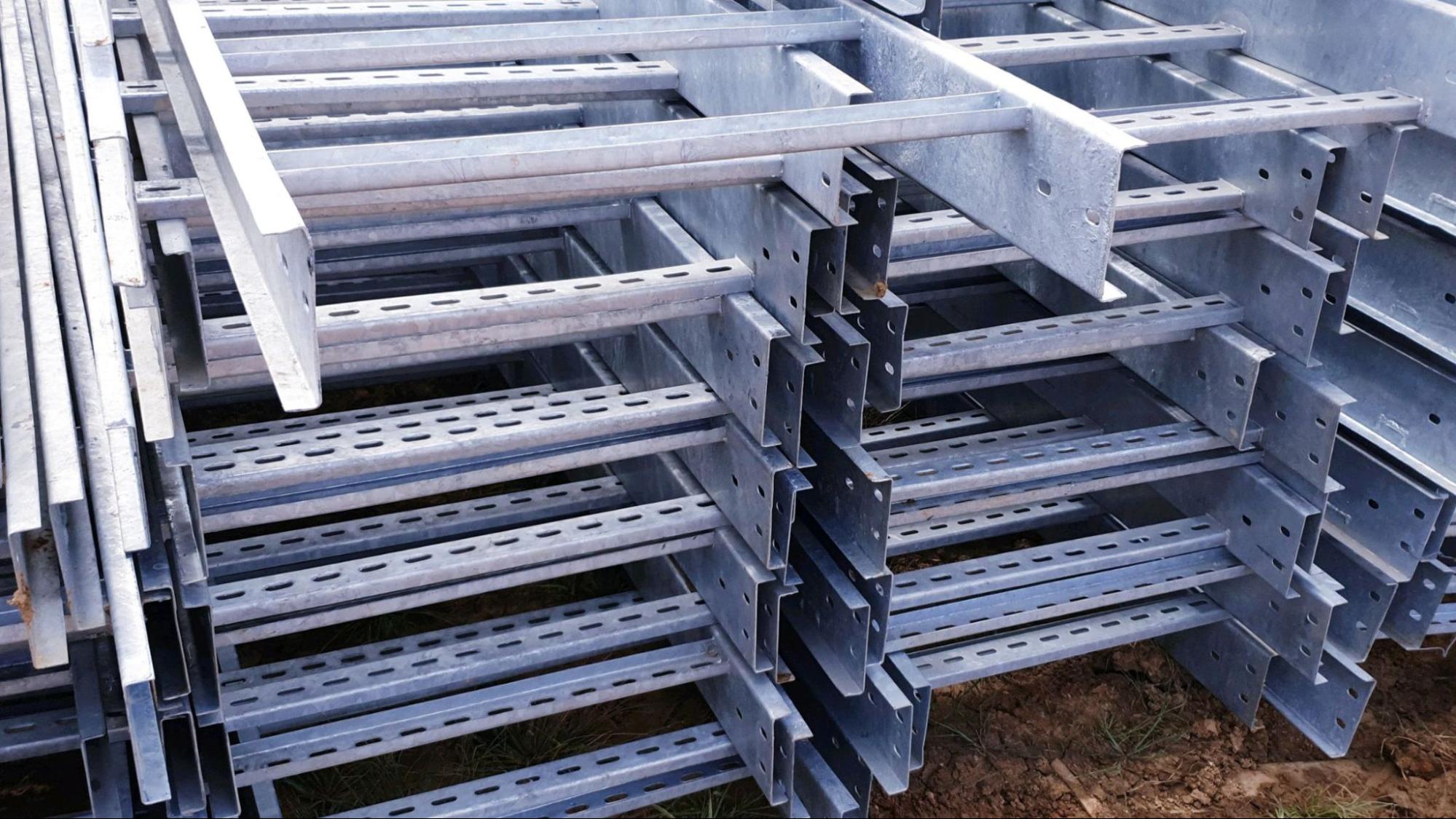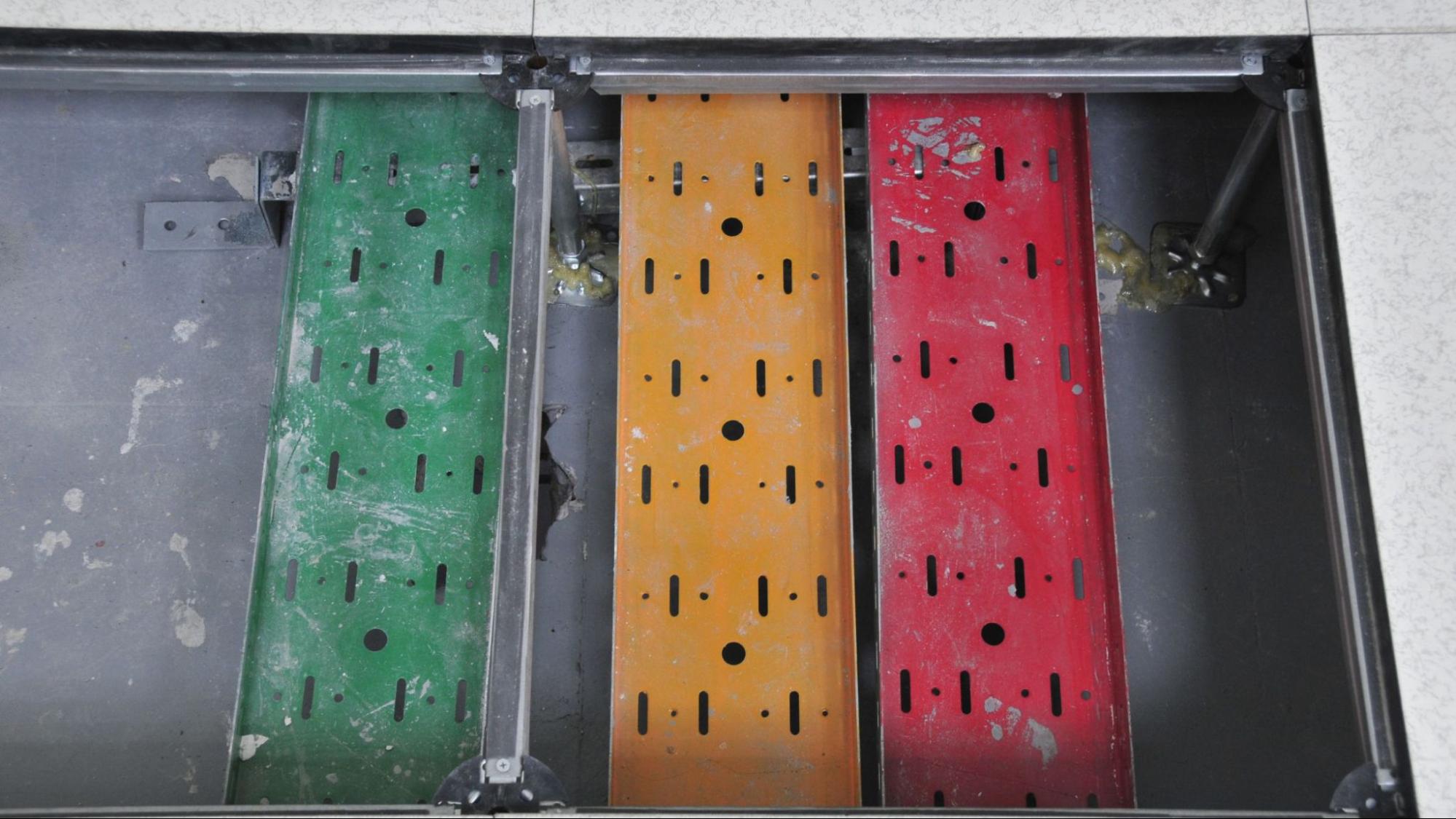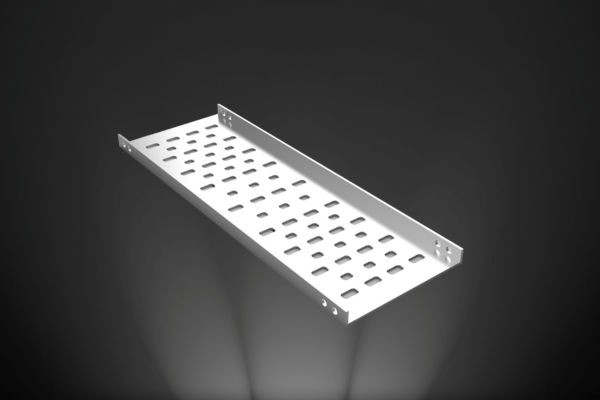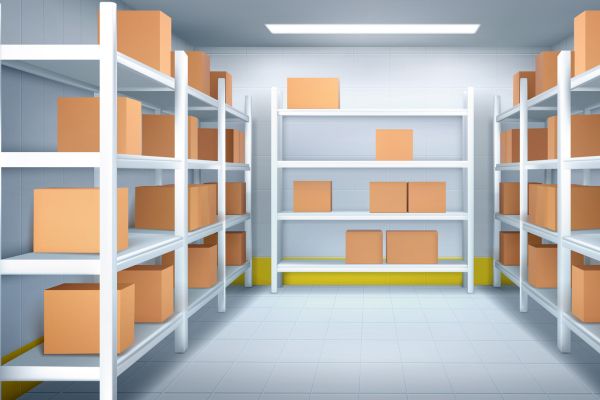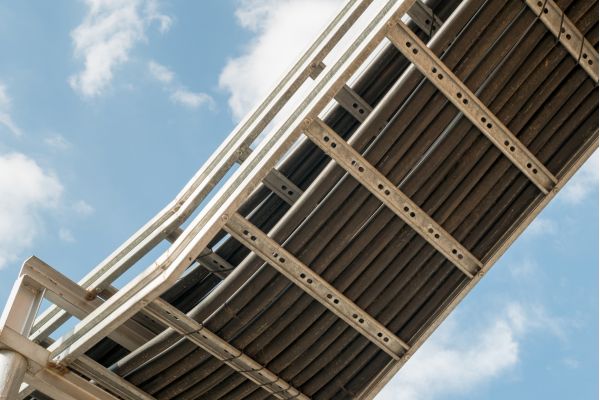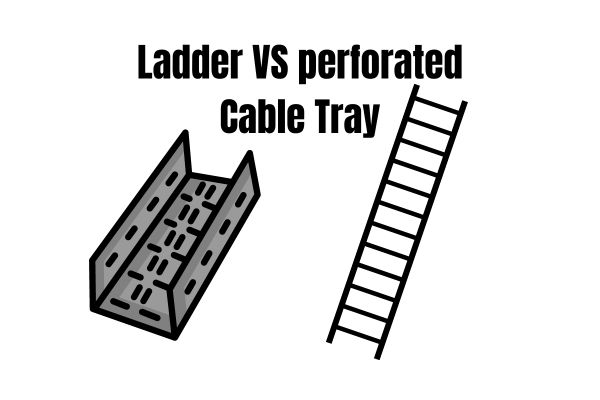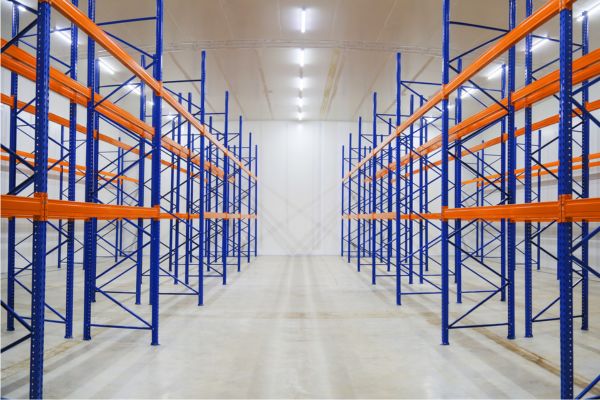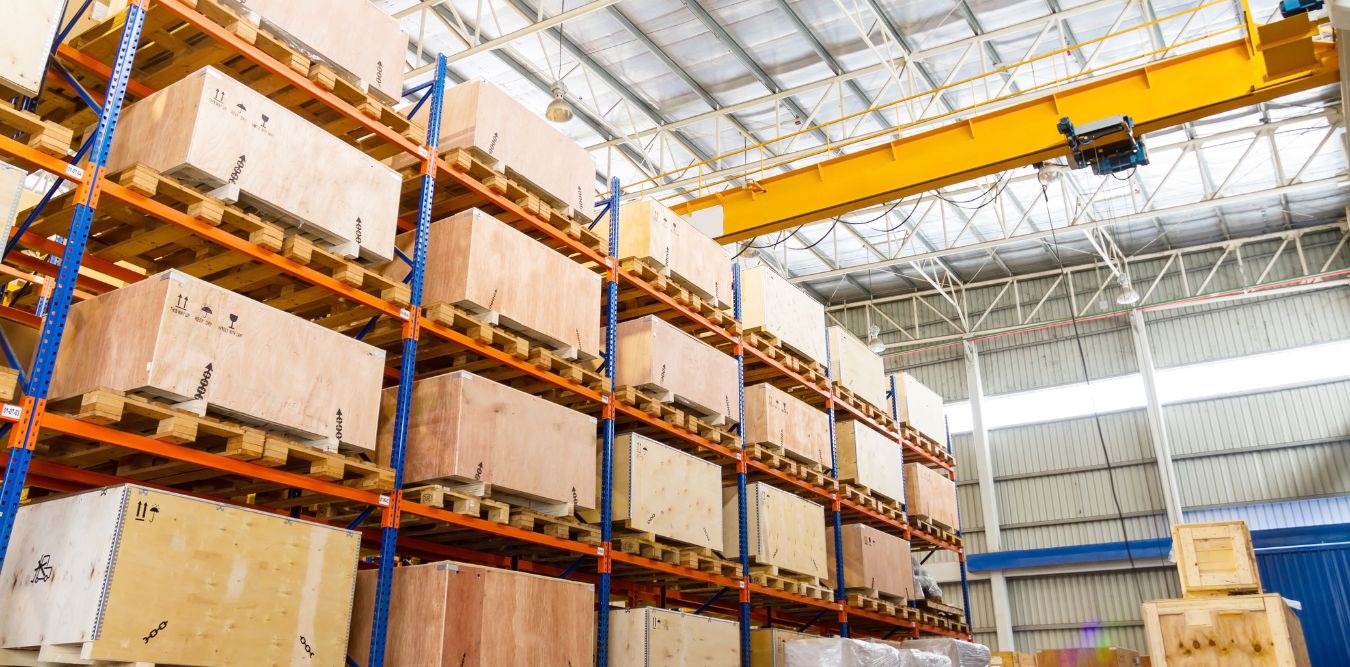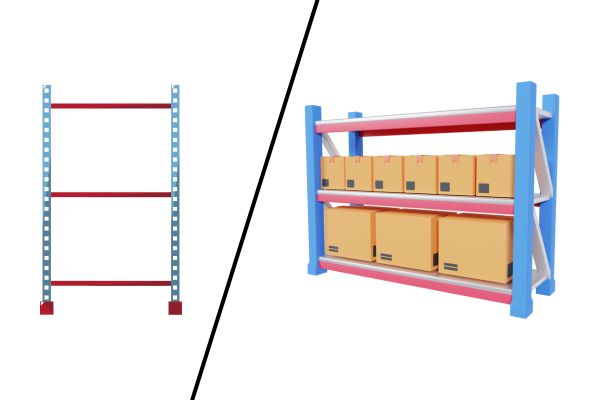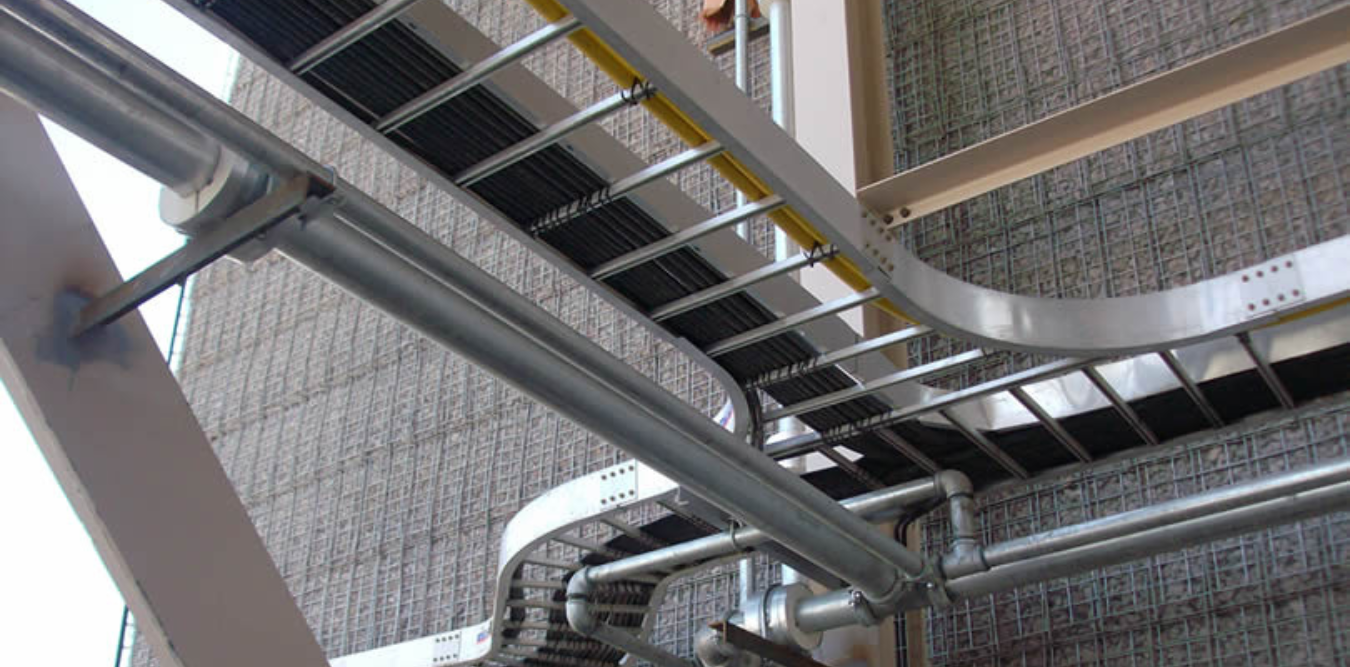Introduction
Managing cables efficiently is a critical aspect of any industrial setup. The choice of the right cable management system can greatly influence productivity, safety, and maintenance costs. Among the many options available, perforated cable trays stand out as a reliable solution.
But what exactly makes them so advantageous? Let’s get to know and explore the benefits of using perforated cable trays in industrial settings.


